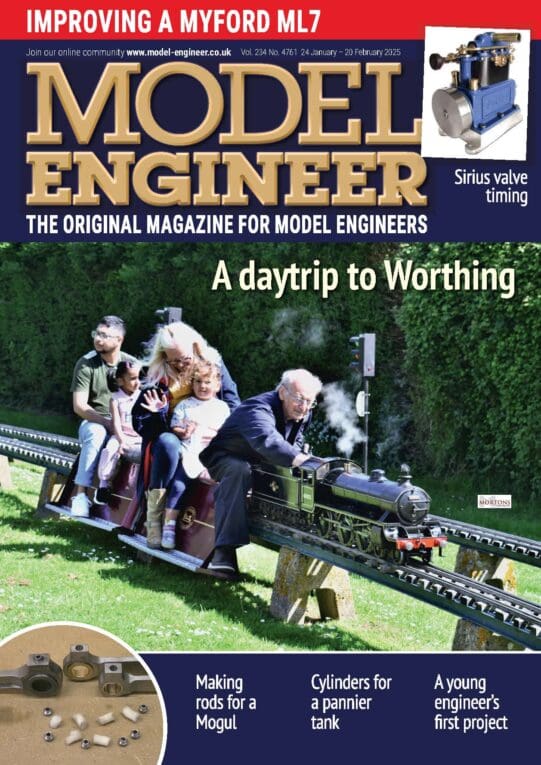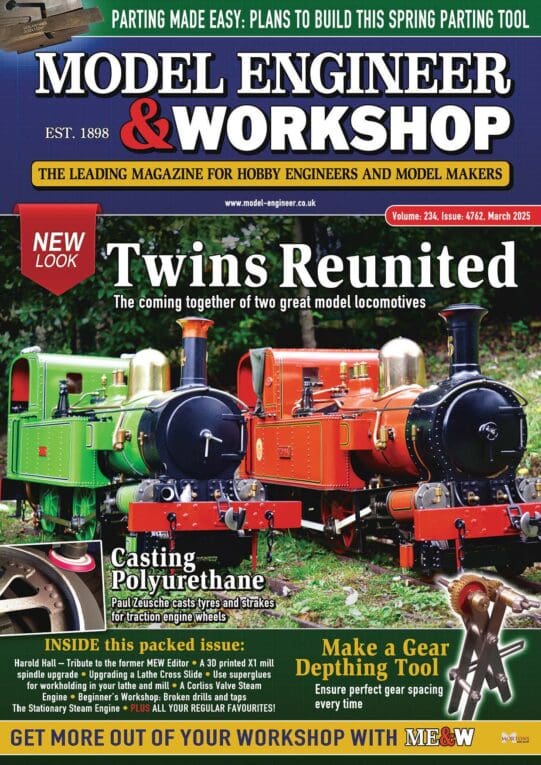It’s the constant steady feed that defeats most folk. Hand feeding its far too easy to overdo things making oversize chips that easily jam. Doesn’t help that far too many folk get frightened into working low speed in back gear. Which takes forever.
Takes a certain nerve to wind up the speed, wind down the feed and leave it to the machine.
The most important thing is that the chip be thin enough so that if one does jam it’s not too tight to clear next time round. If it doesn’t clear the work will start climbing over the tool drawing it into the job, deepening the effective cut rapidly escalating the problem until either the drive stalls or something breaks. Because rear toolposts put the feed screw in tension rather than the conventional compression the draw in problem is greatly reduced. Little chance of stretching a 1/2″ or so diameter screw but working in compression with a couple of inches or more unsupported it can easily bend off line touch as it tries to go off line. Doesn’t help that many machines, Boxford and SouthBennd for example have a an inch or so necked down to core diameter before the thread starts. Clearly reducing stiffness
Professionals run fast with very low feed so the chip can escape but that needs lubrication and coolant for a part of any size you are not to burn up the tool by overspending on the outside diameter.
The carbide insert advantage is two fold. Firstly it can run faster and secondly the concave to folds the chip so it is narrower than the slot significantly reducing the risk of jamming.
If you fancy a neat version of the “LooLuber” but don’t want to do all the making take look at teh motorcycle chain lubrication systems. Import knock offs of the Nemo handlebar mounted device are nicely anodised and can be had for £20 (ish). Screw cap pressurises the oil. Add needle valve and you are done.
Clive
Howard Lewis.






